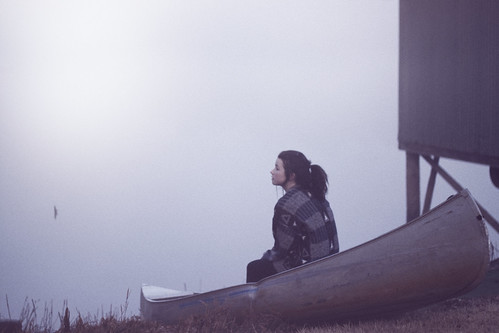
During the week we discussed further on our ideas with the projects, how we see it’s going, and how do we play with the format, so it becomes more collaborative, more open spaced. But the week was also pinned in the board with interviewing practice. There are some great tips that Kim gave us:
- as filmmakers, what am i allowed to do because i am a filmmaker, what access you are given and how to get people to open up to you
- if you let people talk, without interrupting them, the will reveal something inside them, someone they think they are.
- when you keep silent, it makes the atmosphere a little bit uncomfortable and it forces them to speak more, something that they have no thought before.
- not just the world around them, but the world inside them
- instead of asking people a question, you let your subject discuss it in a group.
- if you feel like its not going anywhere, try to ask them a dumb question, that surprises them and shake em off (dance with them), so that the question gets more interesting.
I’ve never tried the tips that Kim gave before, it will be a good addition to my next set of interviews. Kim also gave us an article about reading, but I will cover the contents of it later. Instead, to further my understanding of open space documentaries, I read this discourse on collaborative documentary by Sandra Gaudenzi. Her focus is on collaborative online participation, which i think is not on the same track as mine, but she gave a lot of useful information about the role of participation in collaborative documentary. Particularly questions when making one;
- In what way is this a participatory documentary
- How has this collaboration/participation influenced the production process?
- What is the role of the documentarian as an author(?)
Kim also stresses out that sometimes there are people who are just not the camera-type, they do show a unique characteristics in the interview, so your job is to find one that fits the criteria.
A line given by her (Sandra) also ponders me
While in linear documentaries meaning was created by framing shots and editing them together, in participatory interactive documentary meaning is shared and layered
the word ‘shared’ in conjunction with ‘meaning’ give me a new meaning of participatory. If the usual type of representation that I did in my videos were my own interpretation of meaning from the ‘represented’, then Open space & participatory documentary should be an interpretation of a ‘shared’ meaning. The role of the author is that of initiator,juxtaposing, producing the sketches into one book, but what’s inside the sketches must be made by the subjects themselves.
The lesson’s i’ve learned will certainly helped me in my documentary, but i’m still struggling the type of content I want to make with my documentary. I want to make something new, yet I do not have the time for it. It’s interesting how everything that I did seems to be done in the last minute :’).









